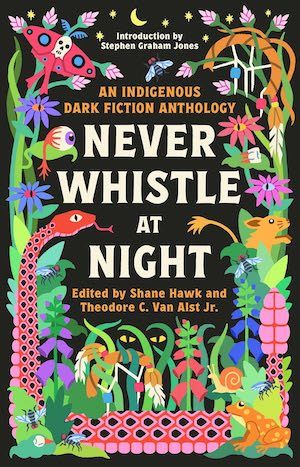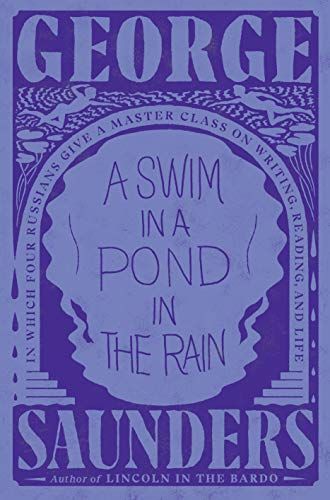Short stories and anthologies seem to be a love-it-or-leave-it type of book for many readers. While some are devoted consumers of short story collections or seek out anthologies frequently, others shy away from these because they lack the longer plot timelines and extensive character development that they find in novels. However, exploring short stories and anthologies can open up new horizons in reading and literary analysis, as well as provide new forms of writing from favorite authors to explore. With that in mind, let’s talk about some tips for reluctant readers to explore more of these formats.
Short Stories vs. Anthologies
|
|
To start, it’s helpful to understand the difference between short stories and anthologies. Generally speaking, a short story collection contains multiple stories and/or novellas by the same author. They may contain interconnected stories that feature the same settings or cast of characters, or they may be more broadly connected by genre, writing style, or theme. Anthologies, on the other hand, collect pieces from multiple writers and can include anything from short stories and essays to poetry or short, illustrated pieces. Anthologies might focus on a specific topic or time period, or they might contain pieces that fit within a certain genre (like horror or fantasy) or a type of writing such as flash fiction or humor.
Unlike novels, which are meant to be read continuously rather than in stops and starts, short stories and anthologies can be something a reader dips into again and again as the reading mood strikes. One point of struggle for those new to reading short story collections and anthologies can be the frequent beginning/middle/end progression of stories when reading multiple ones within a collection. This can lead readers to try to go straight through a collection to feel like the stories are disjointed or lack the depth of novel-length works.
Tip #1: Start with a Single Story
One strategy can be to start with a single story rather than an entire collection. Fortunately, there are an extensive number of short stories in the public domain, including classics like “The Fall of the House of Usher” by Edgar Allan Poe and “The Verdict” by Edith Wharton. You can also check online literary magazines for single stories, which can then lead to larger story collections or anthologies to buy or borrow from the library.
Tip #2: Start with What You Already Know and Love
 |
Another trick to finding good short stories and anthologies is to seek out those in genres you’ve already read and enjoyed. Horror lovers may want to check out Damnable Tales: A Folk Horror Anthology, edited by Richard Wells, or get in the spirit of the holiday season (sure, even in January) with Christmas and Other Horrors: An Anthology of Solstice Horror. Mystery and crime fiction takes the focus in the Best Mystery Stories of the Year (2023), edited by Amor Towles and put together by The Mysterious Bookshop in New York City.
While you could also find short stories by your favorite authors, anthologies and short story collections are a great way to explore a diversity of voices, like those in Never Whistle at Night: An Indigenous Dark Fiction Anthology and the writers who collaborated on the young adult anthology Fresh Ink. Readers can also find anthologies featuring other forms of writing, like Shapes of Native Nonfiction: Collected Essays by Contemporary Writers. And, of course, there is plenty of good writing to be found in The Best American Short Stories 2023, edited by Min Jin Lee.
Tip #3: Take a Different Approach
 |
One of the best ways I’ve found to approach short stories and anthologies is to think of these books as a means to explore and engage with a new type of writing craft. In learning to do this, George Saunders’ A Swim in a Pond in the Rain, which walks readers through a written version of Saunders’ class on the Russian short story, has been immensely helpful in looking at writing in this format from an academic perspective. While short stories and anthologies can certainly be entertaining in the same way novels are, some readers may also find success in approaching them in a different way than their other reading.
Short stories and anthologies can seem intimidating at first, but they offer new literary horizons to explore. For more advice on reading short stories, check out this 2023 guide for reading more short stories. We also have great roundups of speculative short stories coming soon and stories that are especially great on audio. Be sure to explore our archives for even more short story and anthology recommendations!
Source : Your Guide to Reading More Short Stories and Anthologies








